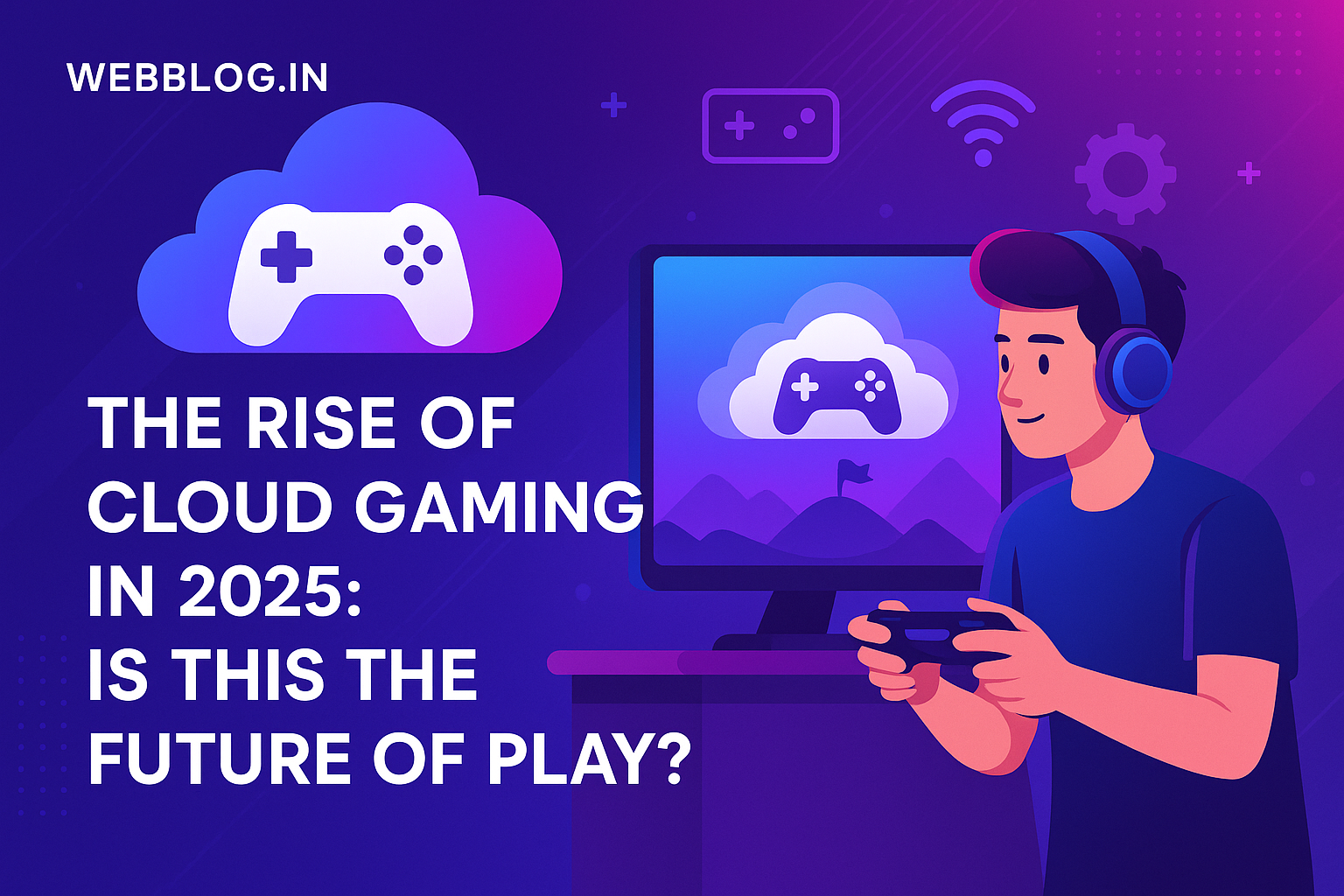Top Web Technologies You Should Know in 2025
The world of web development is constantly evolving. Every year brings new tools, frameworks, and trends that shape how we build and experience the web. In 2025, web technologies have reached a new level of sophistication, enabling faster, smarter, and more interactive websites and web applications.
Whether you’re a beginner, a developer, or a business owner looking to enhance your digital presence, understanding the latest web technologies is crucial. In this post, we’ll explore the top web technologies dominating 2025 and why they matter.
1. Progressive Web Apps (PWAs)
PWAs continue to revolutionize the user experience in 2025. These are web applications that offer app-like experiences directly in the browser.
Key Benefits:
- Offline functionality
- Fast loading speeds
- Push notifications
- Installable on mobile without an app store
Why it matters: PWAs reduce development costs by eliminating the need for separate web and mobile apps.
2. WebAssembly (Wasm)
WebAssembly is a low-level language that allows developers to run code written in languages like C, C++, and Rust directly in the browser.
Features:
- Near-native performance
- Improves gaming, video editing, and complex visualizations on the web
- Works alongside JavaScript
Why it matters: Wasm empowers web apps to perform complex computations, making the web a platform for high-performance applications.
3. AI and Chatbot Integration
In 2025, AI-powered chatbots are more advanced, human-like, and integrated into websites.
Technologies Used:
- Natural Language Processing (NLP)
- Machine Learning APIs
- Voice-enabled interactions
Why it matters: Businesses are using AI chatbots to improve customer service, increase engagement, and offer 24/7 support.
4. Serverless Architecture
With the rise of platforms like AWS Lambda, Azure Functions, and Cloudflare Workers, serverless computing is now mainstream.
Advantages:
- Scalability
- Reduced server costs
- Focus on code, not infrastructure
Why it matters: Developers can deploy functions and APIs without worrying about managing servers, improving productivity and performance.
5. Jamstack Architecture
Jamstack (JavaScript, APIs, and Markup) is changing the way we build websites.
Tools & Frameworks:
- Next.js
- Gatsby
- Hugo
Why it matters: It improves site speed, security, and scalability by serving pre-rendered content through CDNs.
6. Motion UI & Microinteractions
Websites in 2025 are more dynamic and engaging, thanks to motion UI libraries and micro-interactions.
Examples:
- Hover effects
- Scroll animations
- Loading indicators
Why it matters: Enhancing user experience is key in retaining visitors, and small interactions make a big impact.
7. GraphQL APIs
Replacing traditional REST APIs, GraphQL allows clients to request exactly the data they need.
Benefits:
- Reduces data over-fetching
- Speeds up front-end development
- Better API management
Why it matters: It’s ideal for modern apps with multiple data sources and devices.
8. Low-Code & No-Code Platforms
Platforms like Webflow, Bubble, and Wix Studio are empowering non-developers to build complex websites and web apps.
Features:
- Drag-and-drop editors
- Custom workflows
- Built-in integrations
Why it matters: They lower the barrier to entry for entrepreneurs and startups.
9. Edge Computing in Web Development
Edge computing brings data processing closer to the user, reducing latency and improving performance.
Use Cases:
- Real-time video streaming
- IoT integrations
- Smart web apps
Why it matters: With the growth of smart devices, edge computing offers faster, localized experiences.
10. Dark Mode and Accessibility Features
In 2025, accessibility is not an afterthought. Websites are being designed with inclusive principles in mind.
Trends:
- System-based dark mode
- Keyboard navigation support
- Screen reader compatibility
Why it matters: Accessibility ensures your website is usable by everyone, improving SEO and user satisfaction.
Final Thoughts
The web development world in 2025 is faster, more interactive, and smarter than ever before. Whether you’re coding from scratch or using modern tools, staying updated with these technologies can give you an edge in building modern, efficient, and future-ready websites.
If you’re passionate about the web and want to stay ahead of the curve, follow us on webblog.in for more articles on web design, development trends, and tech insights.






